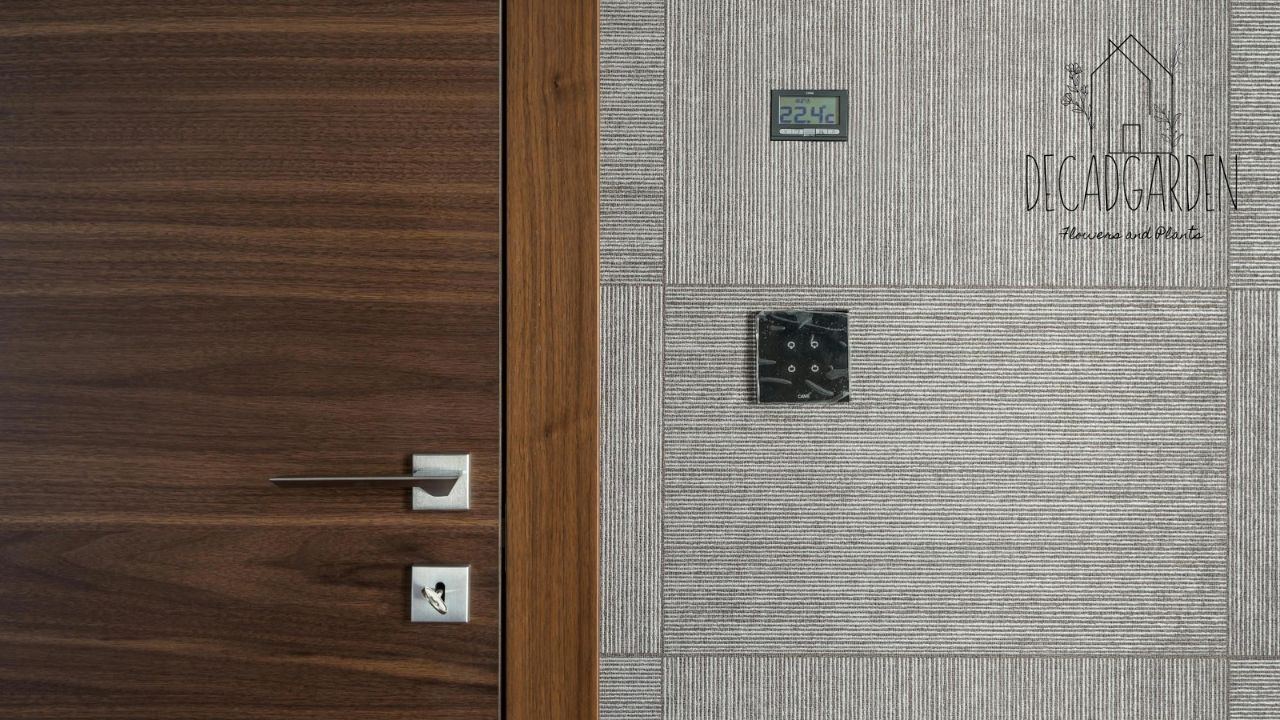Temperature is an often-overlooked factor affecting our homes and, by extension, our health. As seasons change and temperatures fluctuate, understanding the delicate balance required for optimal household health becomes vital. From energy consumption to respiratory conditions, temperature breeds a host of considerations that play into a family’s well-being.
The Allure of Comfort
Comfort has driven many to tweak their thermostats constantly. However, consistent exposure to the extremes of either hot or cold can do more harm than good. Warm indoor spaces—say, above 75 degrees Fahrenheit—can lead to dehydration, heat exhaustion, and what clinicians call “heat asthma.” Conversely, homes that feel brisk due to temperatures below 65 degrees might lead to hypothermia, particularly in older adults and young children who are less heat resistant.
Understanding personal comfort levels while being mindful of health risks associated with temperature is key. Various parts of a house may require different setups to cater to individual preferences. Bedrooms, for instance, may need cooler settings for sleep, while living areas might opt for slightly warmer temperatures to accommodate different daily activities and gatherings.
Energy Costs Hit Home
Temperature’s effect doesn’t end with health; wallets take a hit too. The race to achieve peak comfort often results in skyrocketing energy bills. Families are advised to consider energy-efficient heaters and coolers rather than relying on inefficient systems. According to the Department of Energy, a substantial percentage of household energy spending arises from heating and cooling alone. Adjusting thermostats even by a couple of degrees can result in surprisingly modest savings over time.
Incorporating smart thermostats is another approach to keep energy costs manageable. These devices automate temperature settings based on a family’s habits, reducing wasteful energy consumption. Embracing such practical technology not only ensures comfort but also contributes to a more sustainable home environment.
For those relying on aging cooling systems, being aware of when to replace AC units can further optimize energy consumption and enhance home comfort. Recognizing issues with older units and opting for more efficient solutions can prevent unexpected hikes in energy bills and maintain household well-being.
Maintenance and Insulation: Your First Line of Defense
Various interventions promise efficient temperature regulation, and proper home maintenance sits at the top. Ensuring that a home is insulated can mitigate the ill effects of external temperature fluctuations. Sealing leaks around doors and windows becomes indispensable, and for older homes especially, insulation can block unwanted heat influx or retention.
Updating old thermostatic systems with newer models not only boosts energy savings but enhances control over home environments. Regular checks for insulation wear and damage ensure optimal performance throughout the year, providing a stable and comfortable living space irrespective of seasonal variances.
Breeding Grounds for Illness
Houses kept in warm conditions carry another peril: they contribute to poor air quality. Humidity, spurred on by these conditions, fosters mold growth. Spores and molds are notorious aggravators of respiratory problems and can worsen pre-existing conditions such as asthma or allergies. For healthier air, moist environments should be managed by ensuring homes are well ventilated and humidity levels are kept under control.
Moreover, simple maintenance steps can work wonders in minimizing mold risks. Regularly cleaning HVAC systems and using dehumidifiers in areas prone to dampness are proactive measures that can deter mold growth. Properly functioning exhaust fans in bathrooms and kitchens also prove effective in regulating humidity.
A Change of Habit Could Save
A broader look at household practices reveals that simple modifications make a significant difference. The convenience of wrapping up in an extra layer instead of ramping up the heater conserves energy and funds. Meanwhile, mindful use of fans and air vents can ensure consistent air distribution, reducing the need for constant thermostat adjustments.
Adopting such pragmatic methods not only serves to protect health and balance budgets but also imbues daily living with an awareness of environmental responsibility. Families can collaborate to instill habits like turning off lights and devices when not in use, enjoying cooler showers, or even strategic furniture placement to harness sunlight during colder months.
A Sanctuary for Sleep
Temperature significantly influences the quality of sleep. Sleep experts agree that a slightly cooler environment works wonders. The optimal temperature for a restful slumber sits between 60 and 67 degrees Fahrenheit. Cooler environments assist in reducing core body temperature, thereby facilitating deeper, uninterrupted sleep. Families are urged to invest in window treatments or fans that help circulate cooler air, especially during summer nights.
The importance of ambient temperature in regulating sleep cycles cannot be overstated. Besides cooling, maintaining a consistent bedtime routine reduces disruptions and uplifts sleep quality. Small yet effective habits such as drawing curtains to block out light or limiting screen time before bed create a calming atmosphere conducive for rest.
Conclusion
A home is a sanctuary, yet it can become a vortex of health concerns if the temperature goes unchecked. Understanding the tightrope walk between temperature and lifestyle opens new avenues to wellness. In striking this balance, households can harness the temperature’s potential to improve health while keeping costs in check.
Admin Recommendation
Garden Pest Crossword Clue: A Fun Guide to Solving and Understanding

















